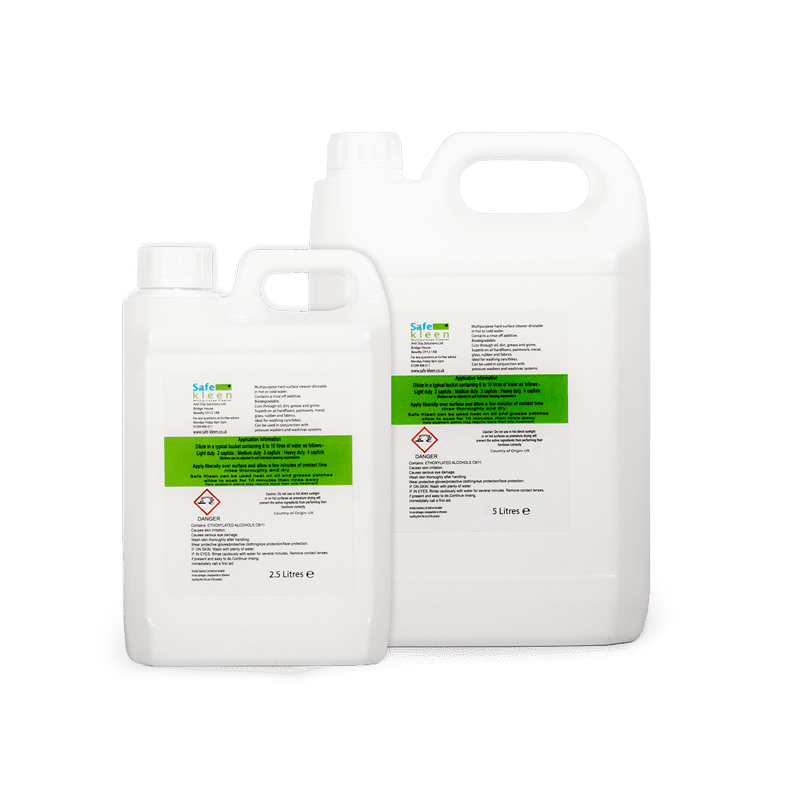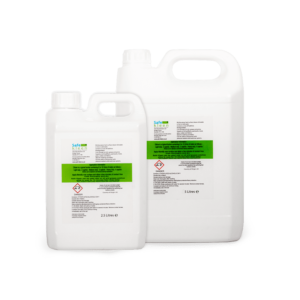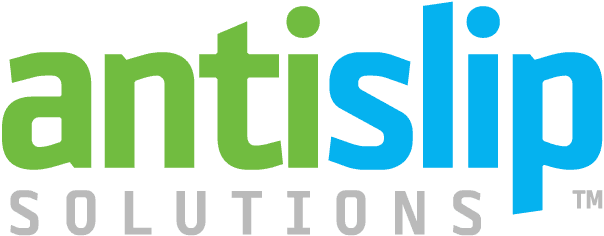
The last few blog posts have been about our product Safe Grip Antislip Treatment and slips on wet floors.
Today I m going to tell you a little bit about Safe Kleen Multi Purpose Cleaner, Safe Kleen was originally developed as a pre-treatment and after care cleaning product for applications of Safe Grip Anti Slip Treatment. But due to the unique combination of surface active agents, sequestrants and alkaline builders the product has excellent cleaning abilities for the removal of dirt, grease, oil and grime making it a truly versatile multi purpose cleaner for virtually all types of surfaces and materials.
Cars
Windows
Patios
Bikes
Caravans and Campervans
Effective at high dilutions, even up to 1 to 200 parts water, hot or cold, just 5 litres can make up to 1,000 litres of cleaning fluid.
Safe Kleen a multi purpose cleaner – not just for floors.
- Safe Kleen is used for pre-treatment and aftercare
- Safe Kleen reduces bacterial growth
- Safe Kleen has excellent cleaning abilities
- Safe Kleen is highly concentrated
- Safe Kleen is effective at high dilutions, even up to 1 to 200 parts water
- Correct and thorough cleaning is an essential part of floor maintenance. If a polished or tiled floor is kept clean it significantly reduces the risk of a slip accident but if a hazardous levels of dirt and contaminant accumulate on the surface it potentially increases the risk of a slip occurring.

Safe Kleen has been listed by the U.S. Environmental Protection Agency on the National Contingency Plan (NCP) Schedule as a surface washing agent for use in emergency spills* for this listing Safe Kleen underwent extensive and stringent testing by E.P.A approved laboratories
